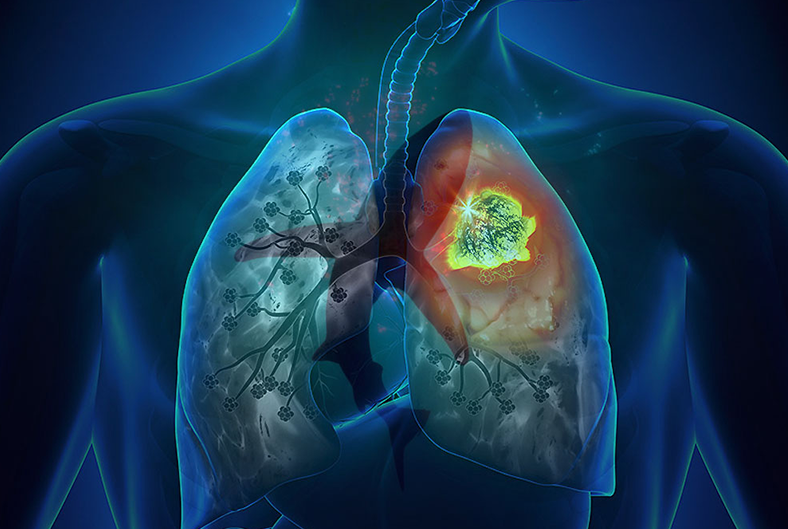FDA-approved Augmentation therapy is used to treat emphysema, a lung condition associated with alpha-1. Alpha-1 antitrypsin infusions are given regularly to patients receiving this life-saving treatment (AAT). These infusions raise the blood and lungs’ levels of AAT.
What is Augmentation Therapy?
Typically, augmentation therapy is given in a clinic, hospital, or outpatient infusion facility. However, some patients choose to administer the infusions on their own at home with their doctor’s guidance and clearance.
Weekly treatment sessions will be given to you for the rest of your life as an augmentation therapy.
The only targeted treatment for pulmonary illness associated with alpha-1 is augmentation therapy. However, you’ll also employ various methods to address your lung condition, such as:
- medication is taken orally
- using antibiotics and/or oral corticosteroids to treat flare-ups
- vaccinations against the flu, pneumonia, and whooping cough
- pulmonary rehabilitation
- exercise
- oxygen treatment
- minimizing or eliminating environmental dangers at work and home.
What purposes does augmentation therapy serve?
The main objective of augmentation therapy is to raise the level of AAT in your lungs. AAT also shields your lungs from neutrophil elastase’s harmful effects. This enzyme is released by your body’s white blood cells in reaction to an infection or inflammatory condition.
Increasing your AAT levels reduces or halts lung deterioration. It can lessen the severity of flare-ups or assist avoid them. It can even heal skin conditions caused by Alpha-1. However, it is neither a cure nor a means of restoring lost lung function.
Your augmentation therapy options
Prolastin was given FDA approval in 1987. Since then, four other augmentation treatment medicines have received U.S. approval.
For increasing AAT levels in the blood and lungs, all four are secure and efficient.
- Aralast NP®
- Zemaira®
- Glassia®
- Prolastin®-C Liquid
Future alternatives might be more plentiful for you. That’s because scientists are constantly trying to come up with novel treatments. Additionally, there are other products out there in the world.
Recognizing infusions
Preparations must be made specifically for augmentation therapy infusions. They are typically administered at home, in an infusion facility, or a doctor’s office. Some Alphas, however, decide to self-infuse. If your health care and insurance providers permit it, you can as well. All you have to do is figure out how to do it safely.
Rarely do home infusions result in significant allergic responses. However, many home health aides and caregivers carry an EpiPen just in case.
Epinephrine, a potent medication found in EpiPens, inhibits allergic reactions. On your route to the ER, you can administer an injection to yourself.
Typical Adverse Effects
Side effects of augmentation therapy are possible. The following are the most typical adverse effects of augmentation therapy:
- Long-term tiredness is what is meant by the word “fatigue.” One typical side effect of augmentation therapy is fatigue or feeling depleted.
- Flu-like symptoms, such as fatigue or a fever, chills, nausea, body aches, and appetite loss. The medicine can frequently be infused more slowly to reduce or even eliminate these symptoms.
- Slight allergic reaction: Some patients who get augmentation therapy develop a mild allergic reaction, which may include hives, itching, tightness in the chest, and wheezing. Antihistamines can frequently be used to treat these symptoms before starting augmentation therapy.
Final thoughts
In conclusion, Alphas discover that the advantages of delaying the advancement of emphysema outweigh the burden of infusions and side effects.
Augmentation therapy must be a sought-after method for assisting patients in regaining their health, and as a result, it must be carried out by professionals.
Suave Concierge’s professionals will help you with that. We can offer you augmentation therapy and full support as you recover from it.
So, get started by contacting us right away!

